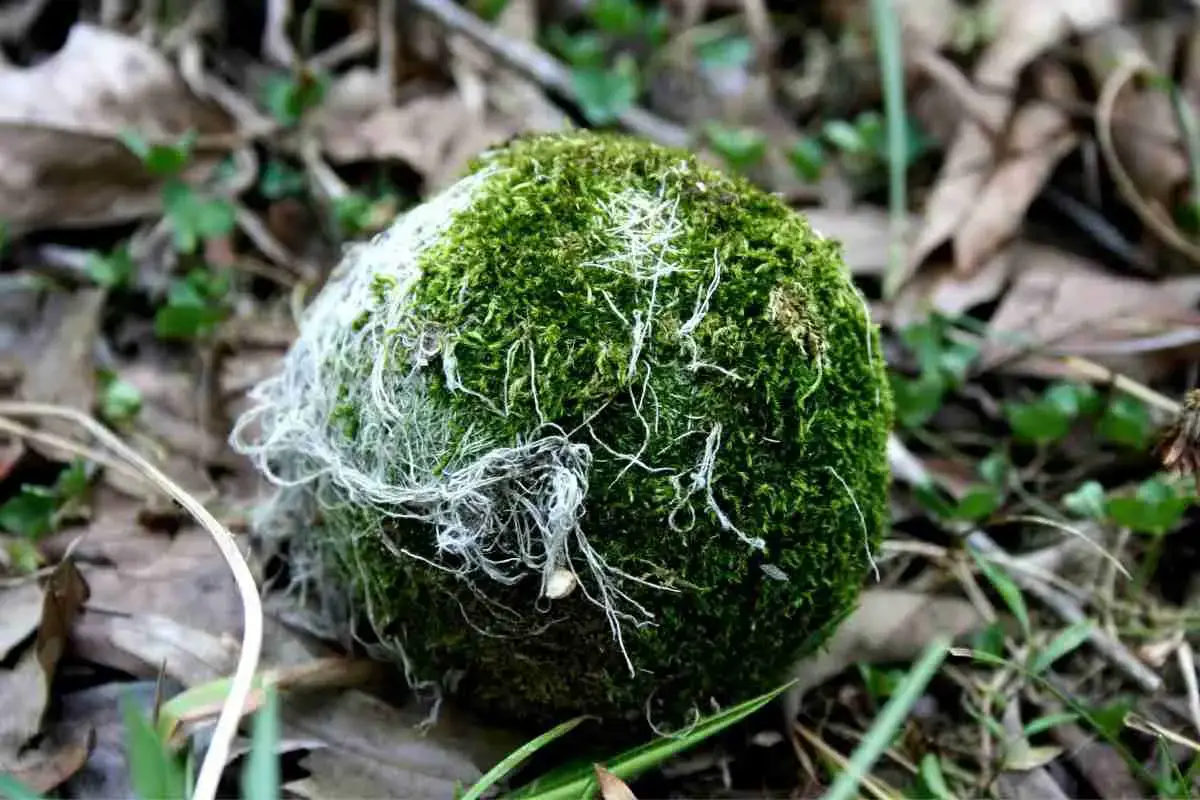
Are Moss Balls Alive? Everything You Need To Know!
Read more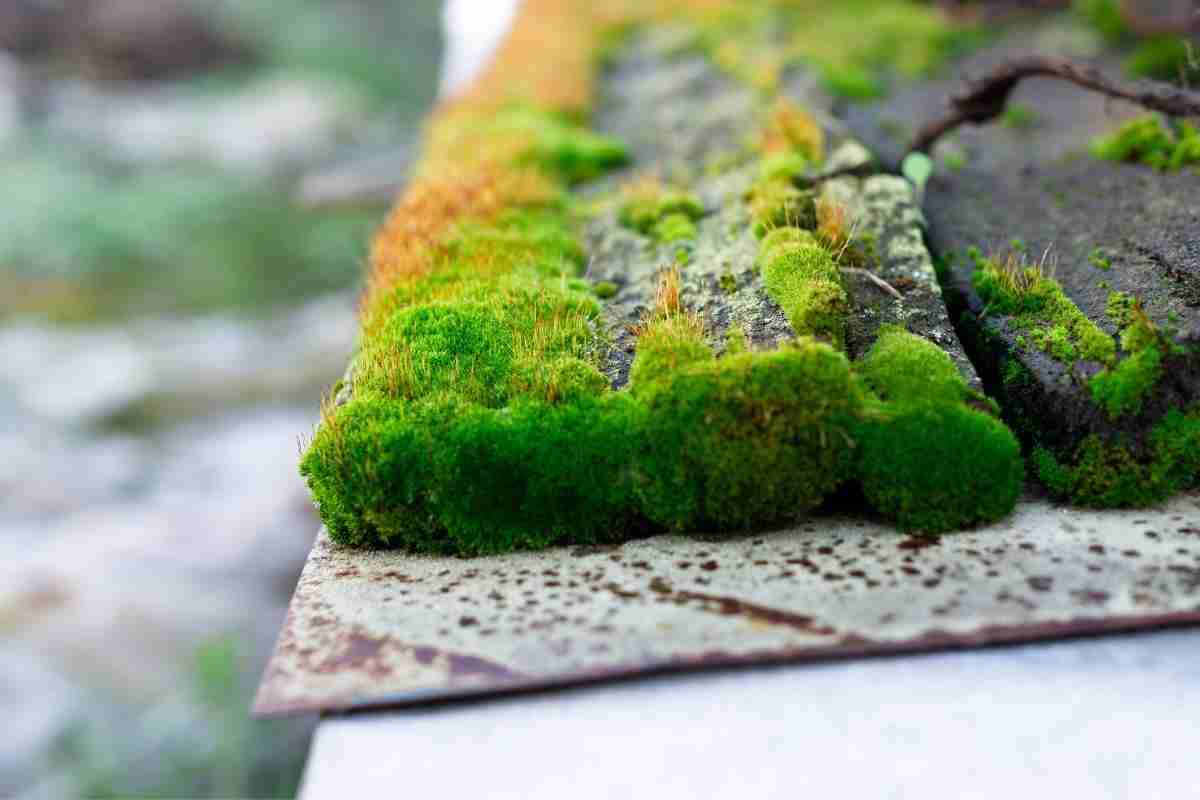
How To Grow Moss On Wood? In 6 Easy Steps!
Read more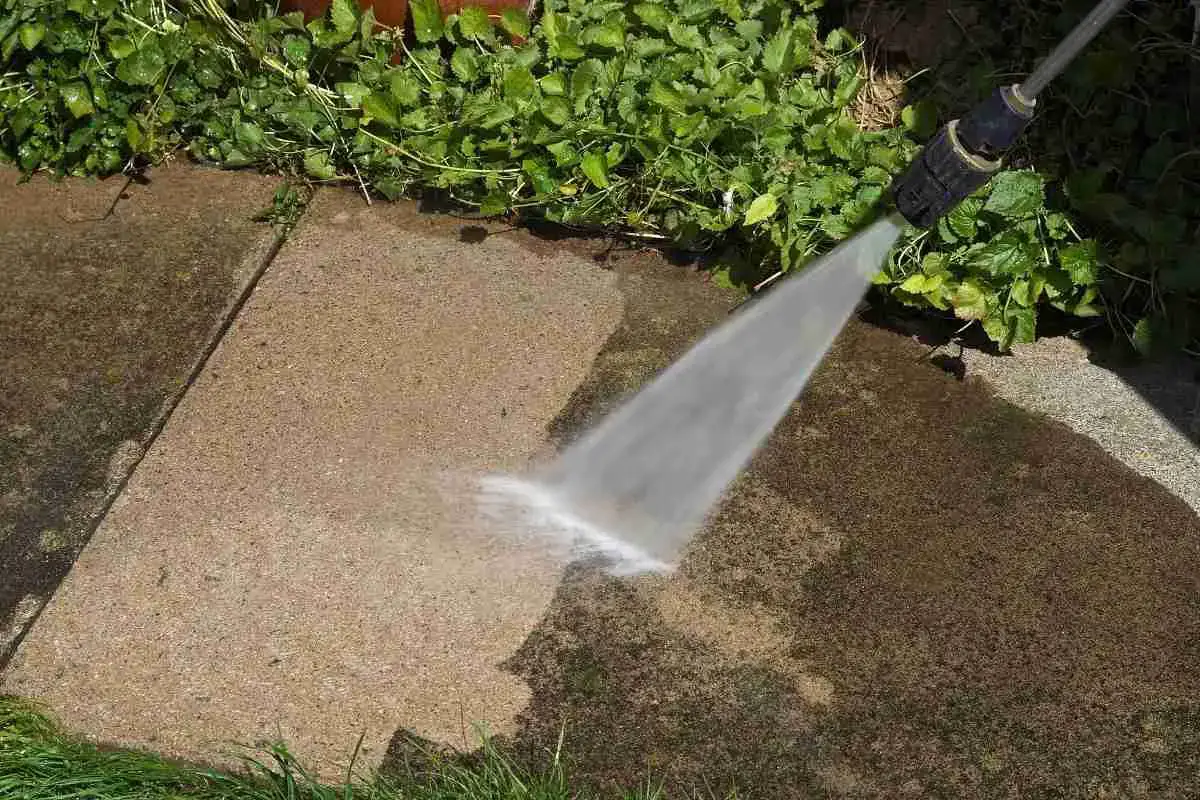
7 Easy Methods For Getting Rid Of Moss On A Patio
Read more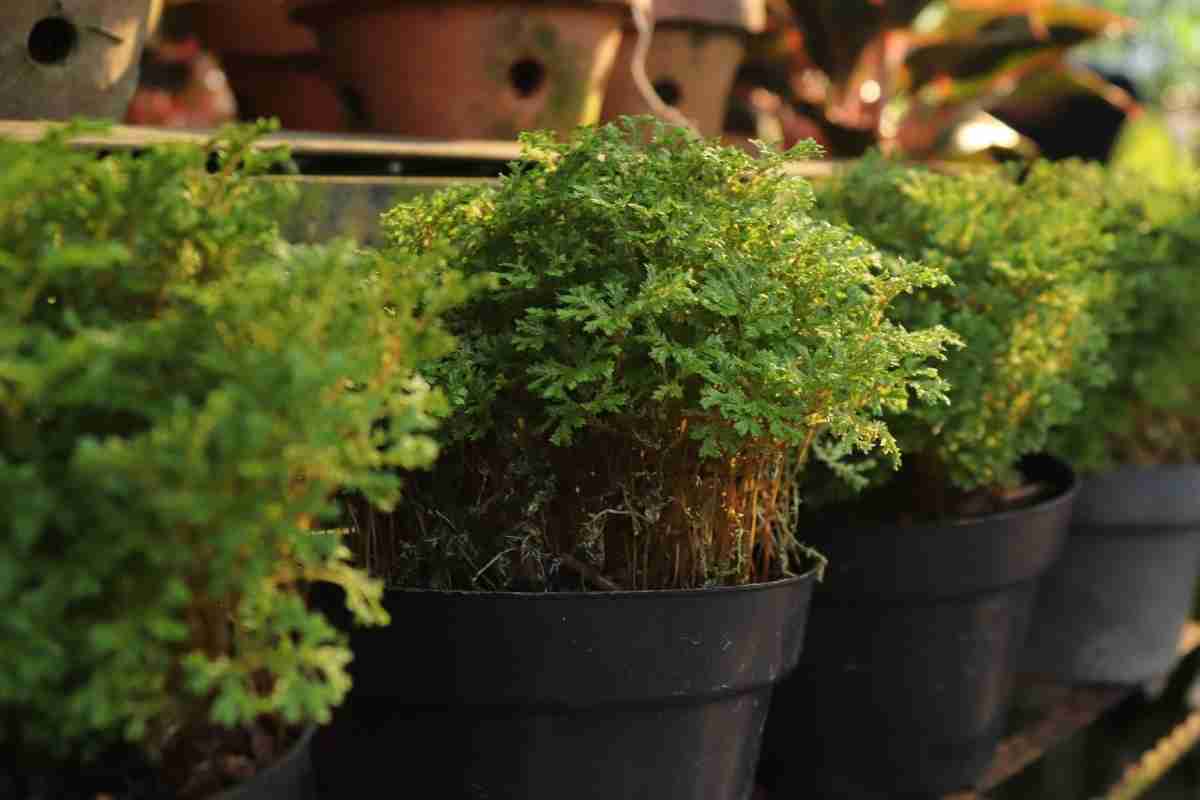
Is Moss Good For Plants? (Indoor & Outdoor Plants)
Read more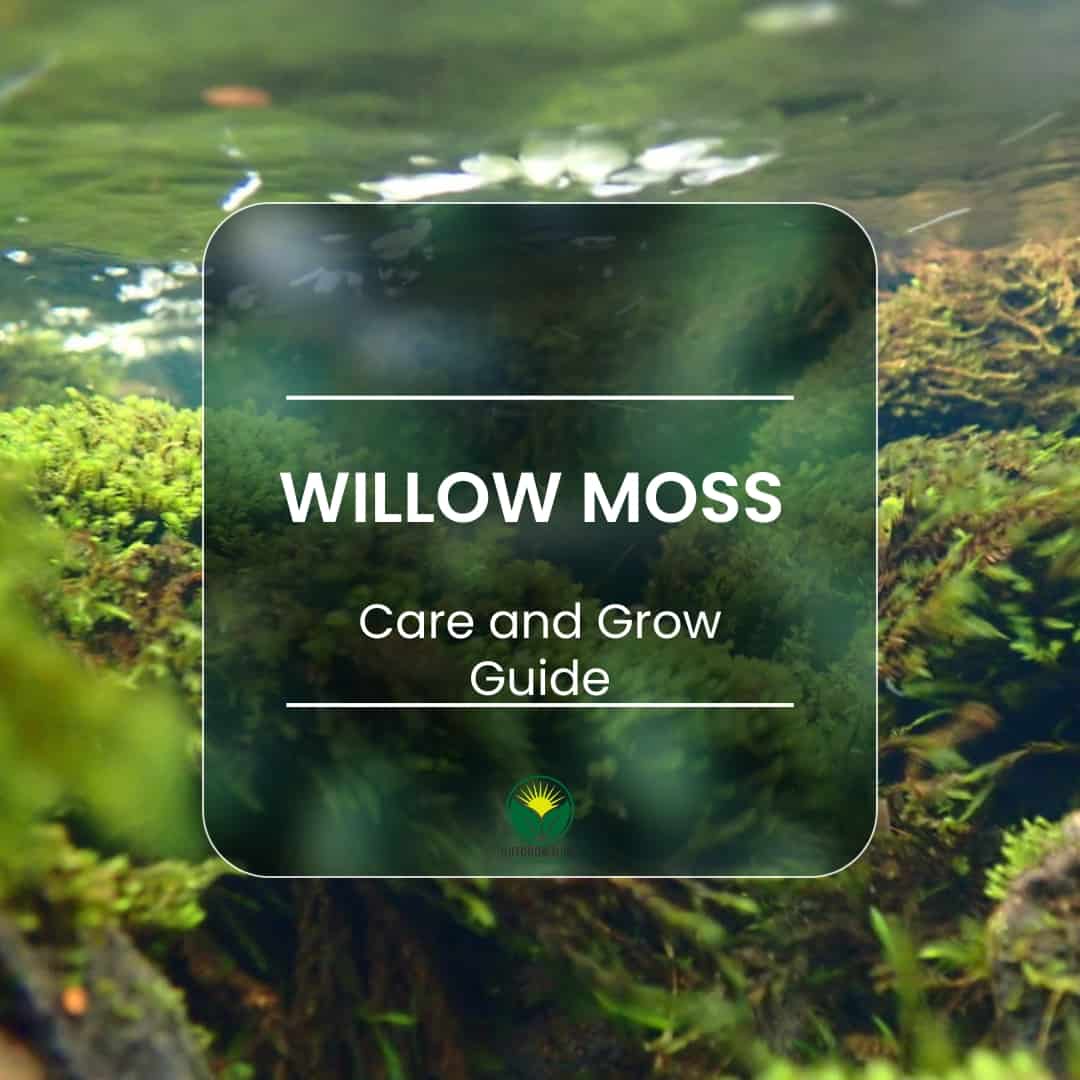
Willow Moss (Fontinalis Antipyretica). The aquatic moss par excellence. How to take care of it and make it grow in aquarium
Read more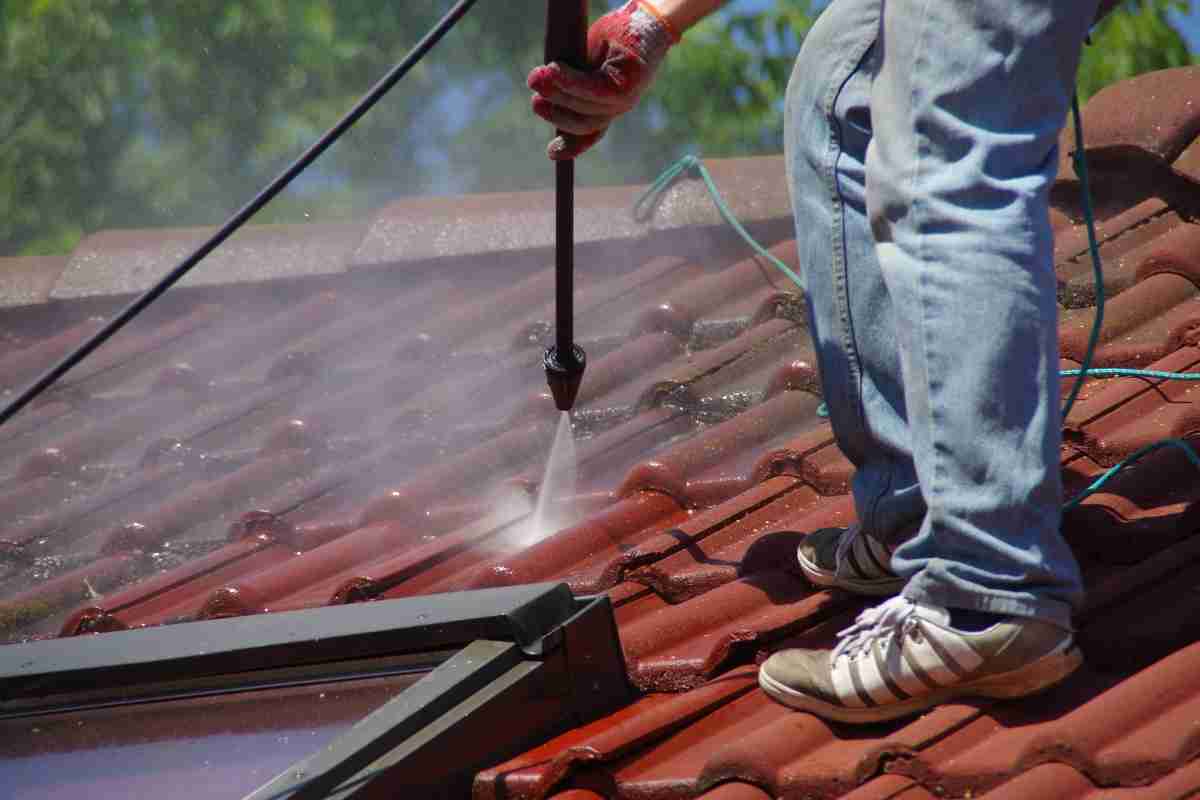
How To Remove Moss From A Roof With Vinegar?
Read more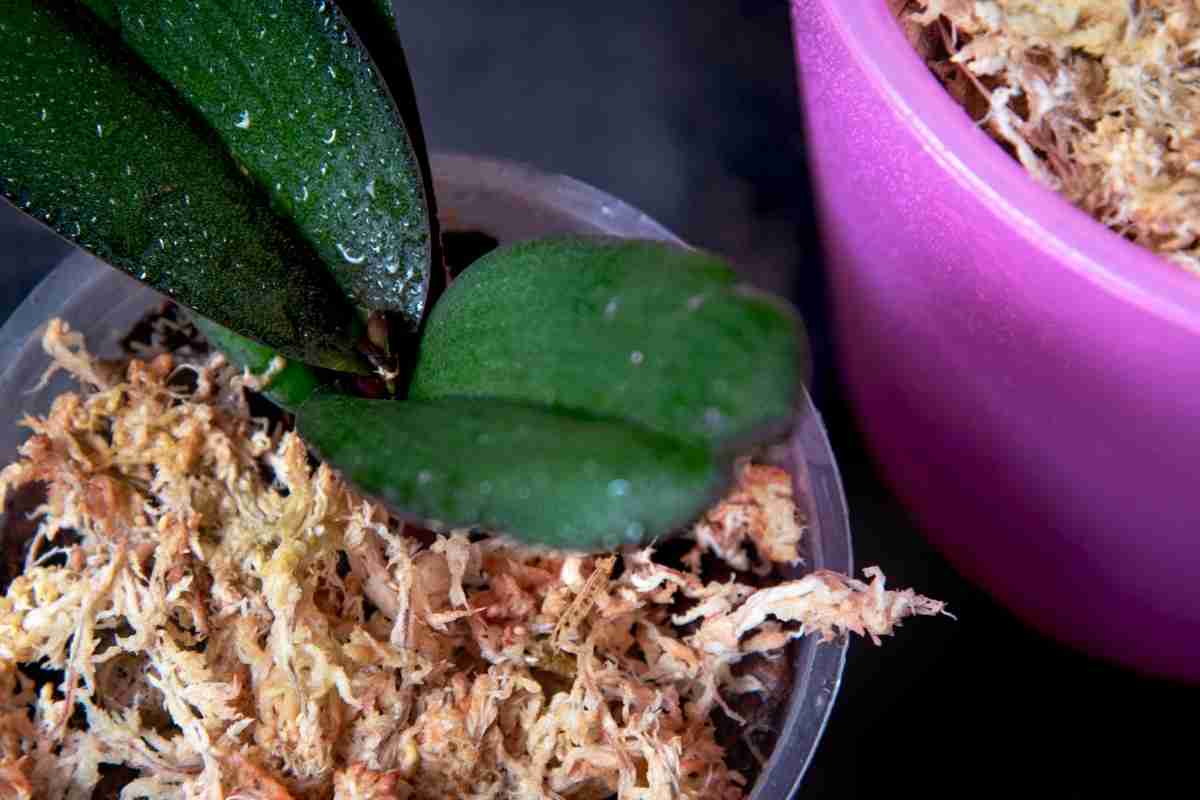
Can Dried Sphagnum Moss Come Back To Life?
Read more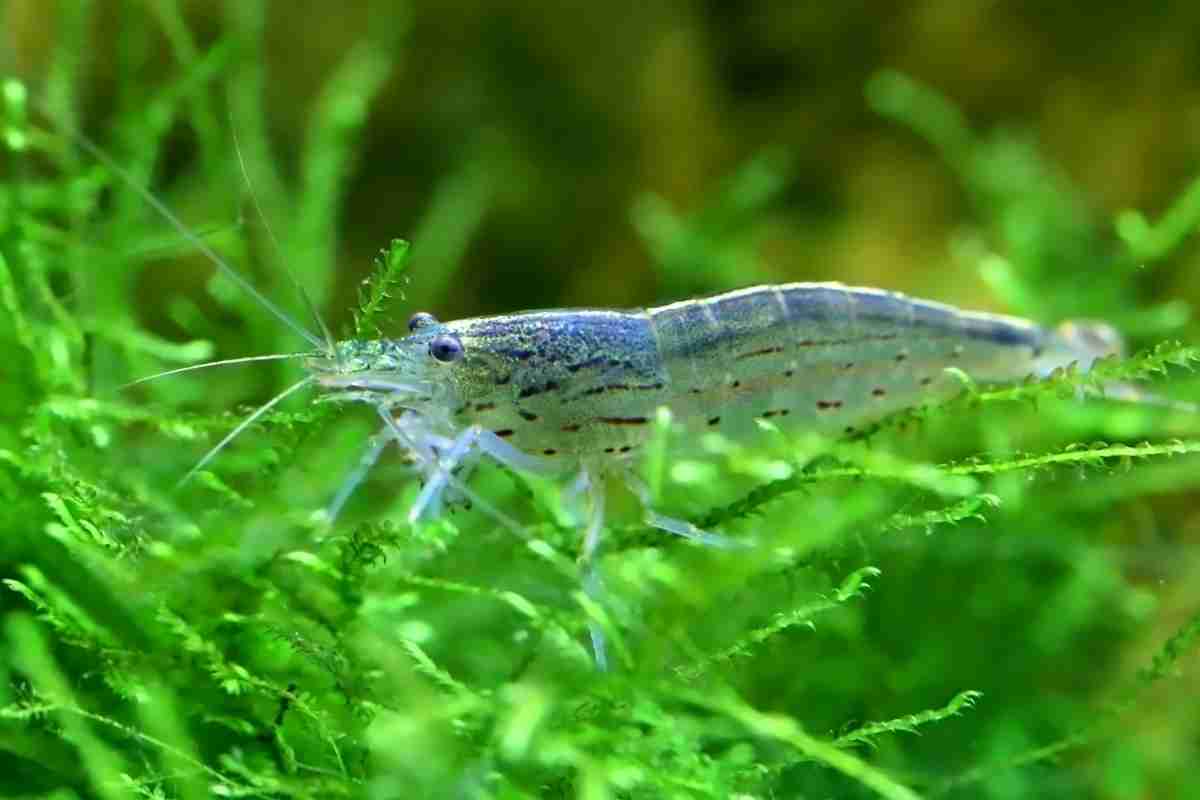
How To Grow Algae For Shrimp In An Aquarium?
Read more
How to Grow Moss with Yogurt? Step By Step Guide!
Read more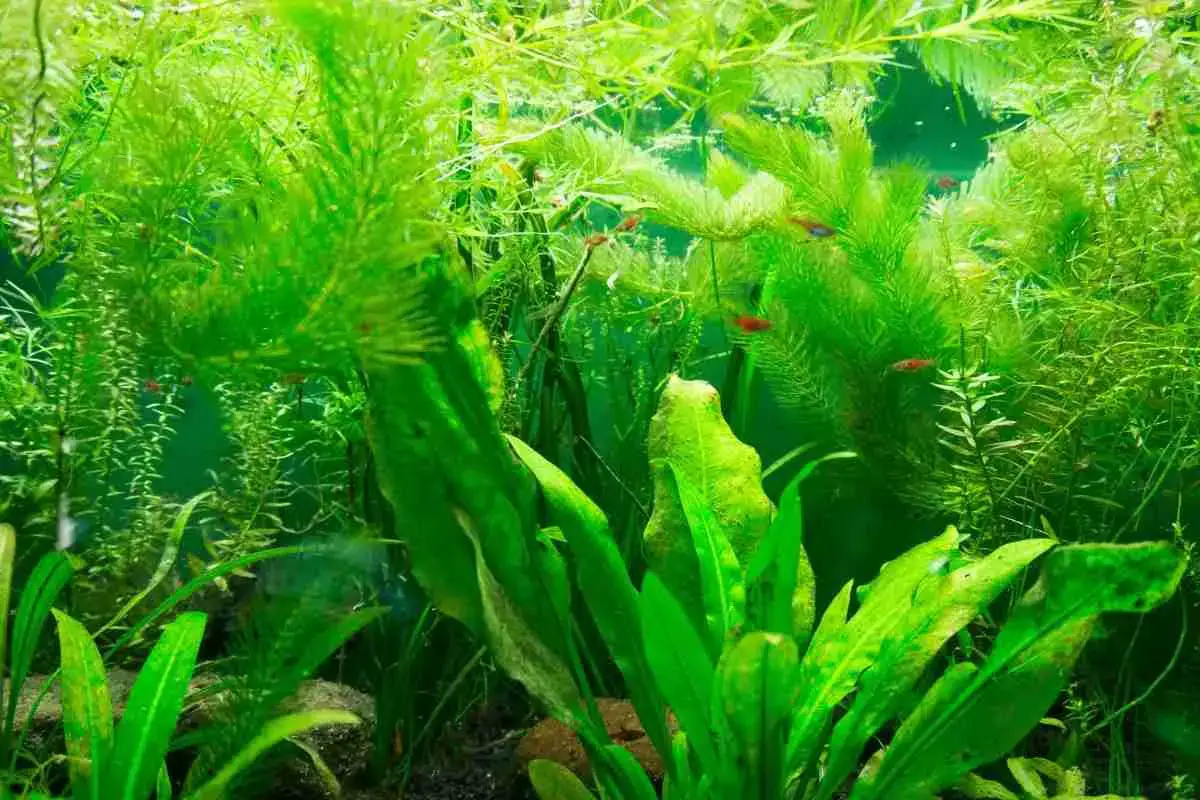
5 Simple Methods To Promote Algae Growth!
Read more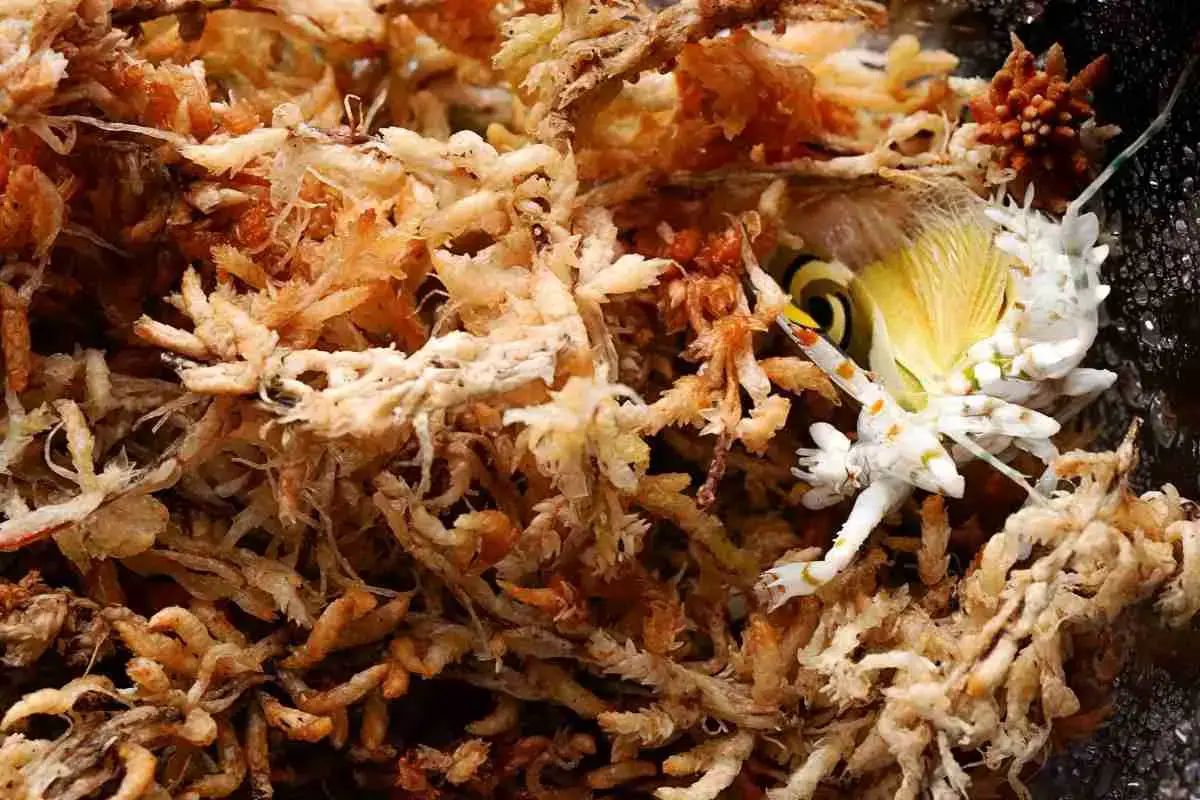
3 Simple Methods To Sterilize Sphagnum Moss
Read more